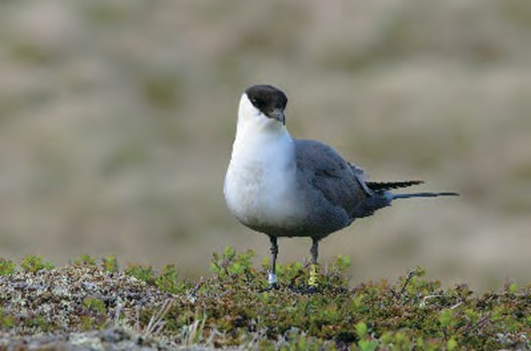Fjällabbens Stercorarius longicaudus hemortstrohet – en studie av populationen i Stekenjokk
DOI:
https://doi.org/10.34080/os.v17.22690Nyckelord:
val av boplats, häckningsbiologi, predator-byte interaktion, kullstorlek, häckningsframgång, interaktion mellan predator och byteAbstract
The breeding site tenacity of a population of Long-tailed Skuas Stercorarius longicaudus at Stekenjokk in the northern part of Jämtland was studied in an area of 27 km2 between 2001 and 2006. At least one bird in a pair was ringed for identification. The Long-tailed Skua had pronounced breeding site tenacity. The established pairs returned to and stayed in their territories even in bad rodent years when they did not breed. One bird was recorded in the same territory all six years. Since both birds of a pair were usually not ringed it was observed only once that the same birds were mated in the same territory in two years. From one year to another they normally moved their nest only a short distance within the territory. The number of rodents in the area had a large influence on the number of Long-tailed Skuas breeding and also tended to affect the number of eggs in the broods. In extremely bad rodent years the Long-tailed Skuas deserted the area prematurely.
Nedladdningar

Downloads
Publicerad
Referera så här
Nummer
Sektion
Licens
Författaren/författarna innehar copyright för varje enskilt bidrag, men samtliga bidrag är publicerade under en Creative Commons-licens, så att vem som helst kan dela och återanvända bidraget förutsatt att copyright-innehavaren erkänns.







